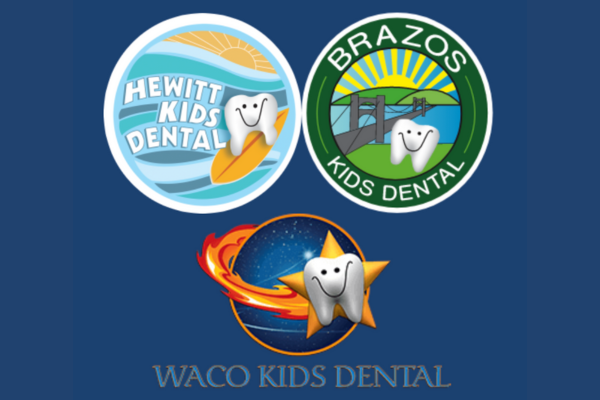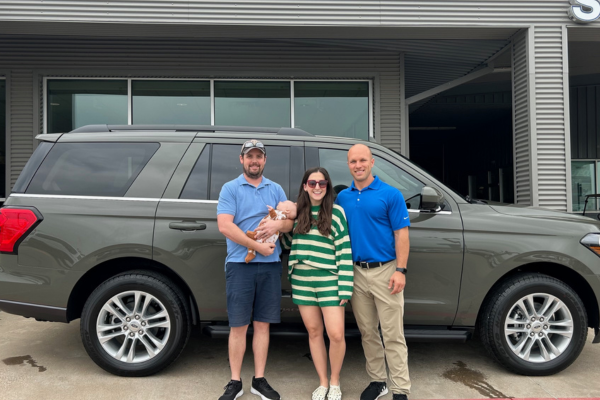Dr. Stacie Virden of Waco Vision Source provides insight into a very common vision condition, myopia, and explains why she and her team believe early intervention is key in protecting the eyes of our children!
What is myopia?
Myopia, or nearsightedness, is a vision condition that occurs when the eye grows to be too long. This extra length results in blurry vision far away, as well as an increased risk for sight-threatening eye diseases later in life. Nearsightedness is becoming more and more common, and it is starting at earlier ages in children while progressing more rapidly than in years past.
What causes myopia?
The Mayo Clinic lists several risk factors that increase the likelihood of developing nearsightedness, including:
· Genetics: Nearsightedness tends to run in families. If just one parents is nearsighted, a child’s risk of developing the condition is increased. The risk is even higher if both parents are nearsighted.
· Close-up activities: Prolonged reading or other close-up activities are associated with an increased risk of nearsightedness.
· Screen time: Studies have shown that children who use computers, tablets, smart phones or handheld gaming devices for long periods have a greater risk of developing nearsightedness.
· Environmental conditions: Some studies support the idea that a lack of time spent outdoors may increase the risk of nearsightedness.
Why does myopia matter?
Nearsightedness is associated with a variety of complications. Children with myopia or other vision problems can experience delays in reading or other academic skills leading to a poor school experience. Bullying is real. As a child, wearing thick glasses often brings unwanted attention and poor self esteem. Being dependent on glasses or contacts can also prevent the enjoyment of both hobbies and everyday activities. Even performing simple daily tasks become more difficult. Long term, severe nearsightedness drastically increases the risk of retinal detachment, macular degeneration, glaucoma, cataracts and other blinding eye conditions.
What can I do to prevent or slow myopia for my child?
Traditional glasses and contact lenses don’t stop eyes from getting worse, they just compensate for the symptom of blurry vision. Fortunately, studies have also shown that modifying how light enters the eye can reduce the rate of change. From FDA approved soft contact lenses to targeted use of prescription eyedrops and rigid contact lenses, there are treatment options that will fit almost almost any child’s lifestyle. Early intervention is the key slow down or in some cases even stop the progression of nearsightedness.
How do we get started?
A comprehensive eye exam by an optometrist specializing in Myopia Management is the starting point. In addition to routing testing, extra measurements including corneal mapping, measuring the length of the eye, and retinal imaging give a full picture of where a child is starting from. The doctor will take the child’s age into consideration, as well as how nearsighted the child is, whether there is the desire to wear contacts, glasses or be correction free, and any hobbies that may be affected.
Will my child still need glasses or contacts after treatment?
While treatments limit the progression of nearsightedness, they cannot reverse nearsightedness that is already present. Glasses or contacts will still be necessary for clear vision during and after treatment.
1000 W Hwy 6 Suite #210
Waco, TX 76712
(254) 776-8119

















